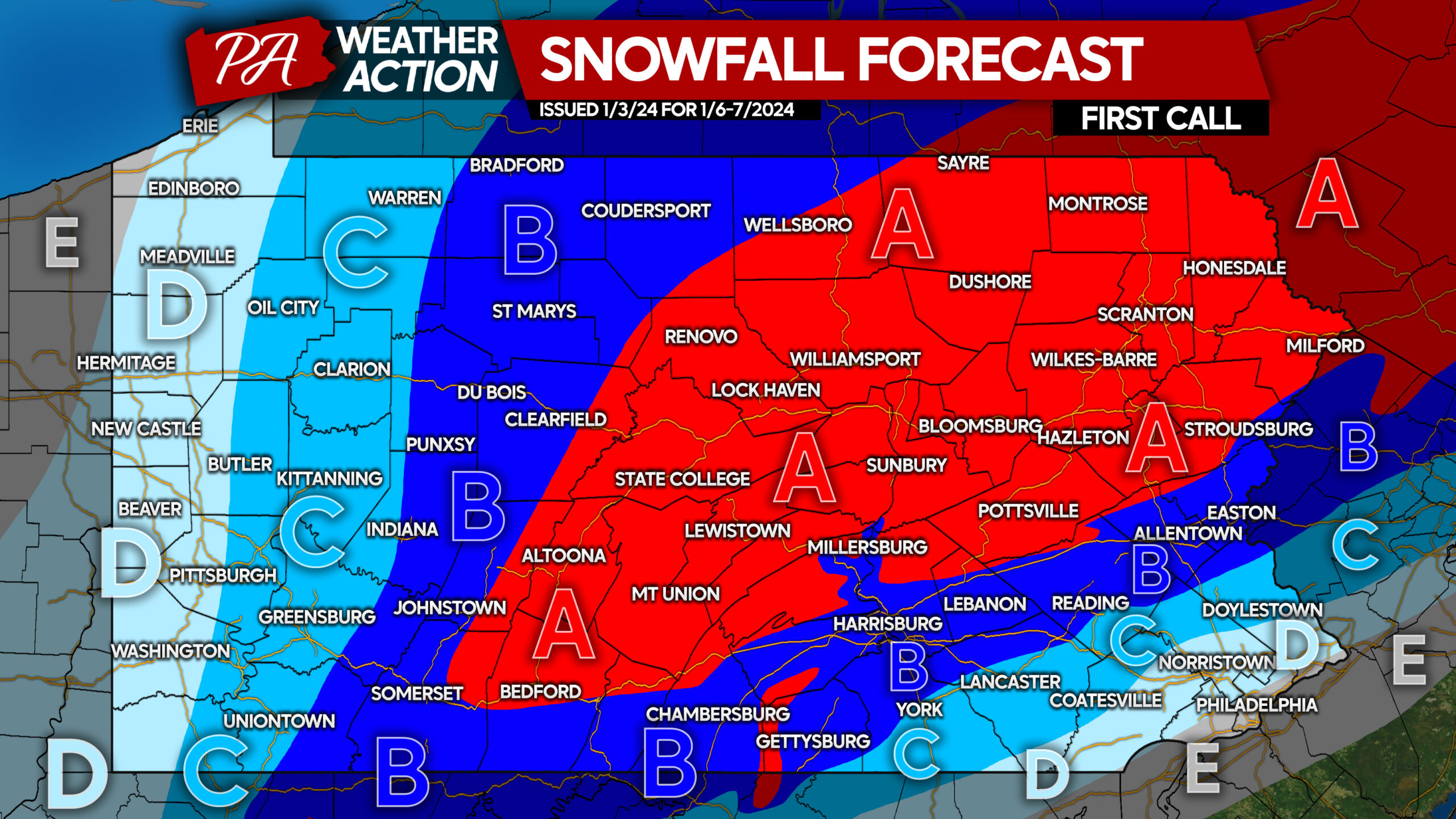Snow Forecast: Your Ultimate Guide To Predicting Snowfall - Staying safe during snowfall requires preparation and awareness. Here are some tips to help you navigate winter weather: Each model has its strengths and limitations, and meteorologists often compare results from multiple models to improve forecast accuracy.
Staying safe during snowfall requires preparation and awareness. Here are some tips to help you navigate winter weather:
Snow forecasting involves analyzing atmospheric conditions, such as temperature, humidity, and wind patterns. Meteorologists use a combination of ground-based observations, satellite data, and computer models to predict snowfall. These models simulate weather patterns and provide forecasts based on historical data and current conditions.
For winter sports enthusiasts, accurate snow forecasts are essential for planning activities. Skiers, snowboarders, and snowmobilers rely on detailed forecasts to find the best conditions for their pursuits. Snow forecasts help ensure a safe and enjoyable experience on the slopes.
To enhance the accuracy of snow forecasts, meteorologists rely on:

Long-term snow forecasts, often referred to as seasonal forecasts, predict snowfall trends over several months. These forecasts consider large-scale climate patterns, such as El Niño and La Niña, to provide a general outlook for the winter season. While less precise than short-term forecasts, they offer valuable insights for long-range planning.
Moisture levels in the atmosphere are another critical factor. Higher moisture levels increase the likelihood of snowfall, while dry conditions may result in minimal or no snow accumulation. Monitoring moisture levels helps meteorologists refine their predictions.
Several key components are considered when creating a snow forecast:
A snow forecast refers to the prediction of snowfall in a specific area over a defined period. Meteorologists use advanced technology and data analysis to provide detailed information about when, where, and how much snow is expected to fall. This information is critical for individuals, businesses, and governments to prepare for winter weather conditions.

Whether you're a skier looking for fresh powder or a commuter trying to avoid icy roads, accurate snow forecasts are invaluable. This guide will cover everything you need to know about snow forecasts, from the basics to advanced techniques, ensuring you're well-prepared for the winter season.
Snow forecasts are particularly important for regions that experience heavy snowfall regularly. They help in planning road maintenance, ensuring public safety, and organizing outdoor activities. Understanding the basics of snow forecasting can empower you to make informed decisions during the winter months.
As winter approaches, understanding snow forecast becomes crucial for both outdoor enthusiasts and those planning their daily routines. Snowfall prediction is not just about knowing whether it will snow but also about preparing for its potential impacts on travel, safety, and daily life. In this article, we'll dive deep into the science behind snow forecasting, how it works, and the tools you can use to stay informed.
Satellite imagery offers a broader view of weather patterns across large regions. It helps meteorologists identify developing storm systems and track their progression. Satellite data complements radar information, providing a comprehensive understanding of atmospheric conditions.